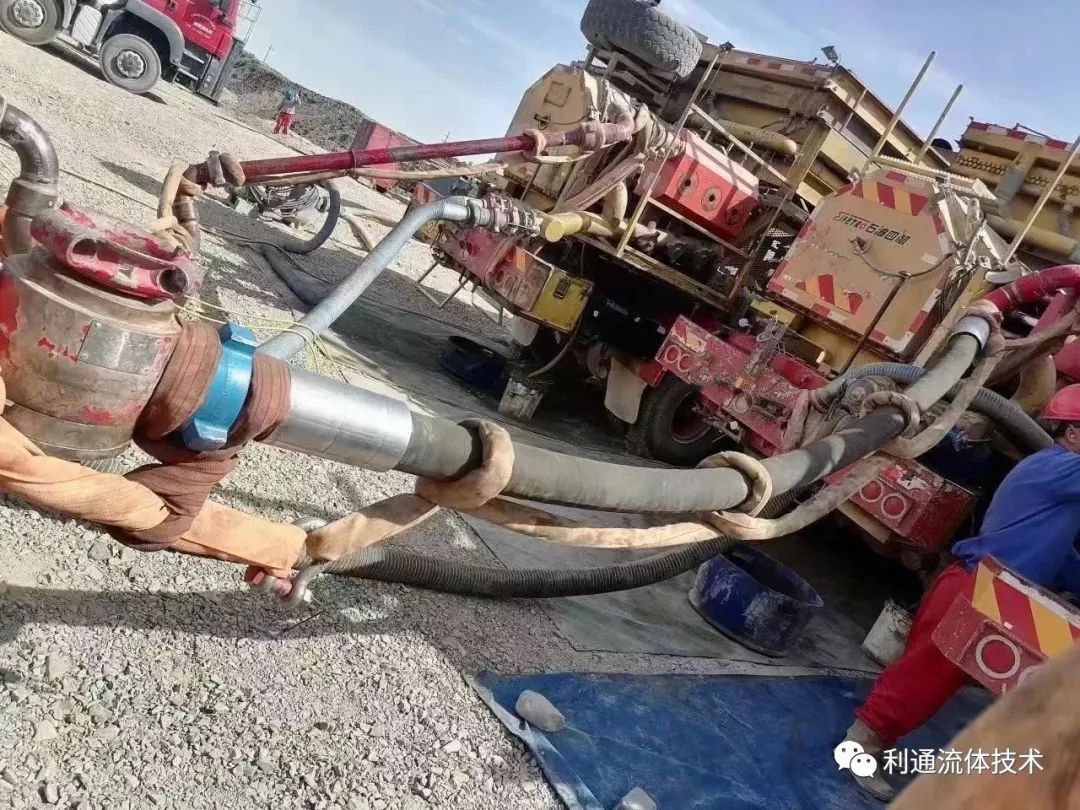Characteristics of Ultra-High Pressure Hoses: An Overview
2023-03-23 14:08:40
Ultra-high pressure hoses are essential components in various industrial applications, including hydraulic systems, high-pressure cleaning equipment, and automotive manufacturing. These hoses are designed to withstand extremely high operating pressures and exhibit distinct characteristics that differentiate them from regular hoses. In this article, we will explore the key features of ultra-high pressure hoses, including their construction, material composition, and pressure ratings.
Construction and Design
Ultra-high pressure hoses are built with multiple layers to ensure their strength and durability. The innermost layer, or tube, is made of synthetic rubber or thermoplastic materials, which provide excellent chemical resistance and flexibility. The reinforcement layer, typically made of high-tensile steel wires or aramid fibers, offers additional support and allows the hose to withstand the high pressure. The outer cover, usually composed of synthetic rubber or thermoplastic materials, protects the hose from external damage, such as abrasion, chemicals, and weather conditions.
Material Composition
The materials used in ultra-high pressure hoses play a significant role in their performance and longevity. Common materials include synthetic rubber, thermoplastic elastomers, and fluoroelastomers, each offering distinct advantages. Synthetic rubber, such as nitrile, is known for its excellent resistance to oil and abrasion. Thermoplastic elastomers, such as polyamide and polyurethane, provide exceptional flexibility, chemical resistance, and high-temperature tolerance. Fluoroelastomers, such as Viton, offer outstanding chemical resistance and high-temperature performance.
Pressure Ratings
Ultra-high pressure hoses are designed to handle extreme pressures, typically ranging from 20,000 psi to 60,000 psi (1,378 to 4,137 bar). These hoses must undergo rigorous testing and meet strict industry standards to ensure they can withstand the specified operating pressures. Factors such as temperature, bend radius, and fluid compatibility also influence a hose's pressure rating.
Application-Specific Features
Depending on the intended use, ultra-high pressure hoses may exhibit additional features, such as non-conductive properties for use in electrical environments or fire-resistant properties for use in hazardous conditions. Specialized fittings and couplings are also available to ensure a secure connection and prevent leakage under high-pressure conditions.
In conclusion, ultra-high pressure hoses are characterized by their robust construction, high-quality material composition, and impressive pressure ratings. These features make them suitable for demanding applications where regular hoses would fail, ensuring safety and reliability in various industrial settings.